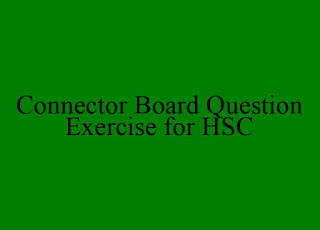East African literature
What is East African literature?
East African literature has a rich and complex history that reflects the region's unique cultural, social, and political context. Some of the key themes that have emerged in this literature include the impact of colonialism, the struggle for independence, the challenges of post-colonial governance, the search for identity and belonging, and the importance of community and tradition.
Some of the most prominent and influential East African authors include Ngũgĩ wa Thiong'o, Chinua Achebe, Binyavanga Wainaina, Yvonne Adhiambo Owuor, and Abdulrazak Gurnah, among others. These writers have played a crucial role in shaping the literary landscape of the region and have made significant contributions to the broader field of African literature.
Feature of East African Literature
East African poetry is a rich and diverse tradition that encompasses a wide range of styles and themes. Some of the key features of East African poetry include:
Oral tradition: East African poetry is deeply rooted in the oral tradition and is often composed to be performed in front of an audience. This means that the poems are typically crafted with a strong sense of rhythm, meter, and cadence that are designed to capture the listener's attention and engage their emotions. Many poets also incorporate call-and-response patterns, repetition, and other techniques that are well-suited to oral performance.
Use of language: East African poetry is known for its rich and evocative language that is often steeped in symbolism and metaphor. Many poets use their native languages, such as Swahili, Amharic, Somali, or Tigrinya, which allows them to draw on the unique cultural and historical roots of their communities. This use of local languages also creates a sense of cultural pride and identity, as the poetry becomes a reflection of the people and traditions of the region.
Themes of social justice: Many East African poets use their work as a means of exploring issues related to social justice, including political oppression, economic inequality, and human rights abuses. This focus on social justice often reflects the struggles and challenges faced by people in the region, and their poetry serves as a form of protest and resistance against these injustices. Many poets also use their work to celebrate the resilience and strength of their communities in the face of adversity.
Use of traditional forms: While East African poets are not bound to traditional forms, many of them draw on forms that have been used for centuries in the region. For example, the Swahili utendi is a form of epic poetry that tells the story of a hero or historical event, while the Somali gabay is a form of praise poetry that is often performed at weddings and other important celebrations. These traditional forms often feature repetition, parallelism, and other rhetorical devices that are well-suited to oral performance.
Celebration of nature: East African poetry often celebrates the natural world, with many poets drawing inspiration from the region's stunning landscapes, rich wildlife, and diverse flora. This celebration of nature is often tied to a larger sense of cultural identity and pride in the region's unique heritage. Many poets also use nature as a metaphor for human experiences, such as the cycles of life and death, the ebb and flow of emotions, and the struggles and triumphs of the human spirit.
In conclusion, East African poetry is a vibrant and diverse tradition that reflects the unique cultural and historical roots of the region. Its focus on social justice, celebration of nature, and use of traditional forms and language make it a vital and important part of the global literary landscape.




